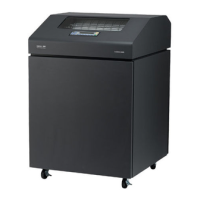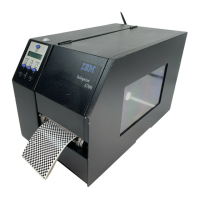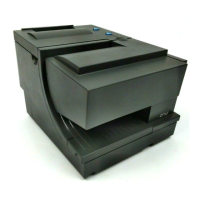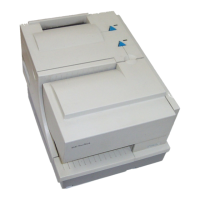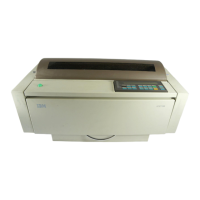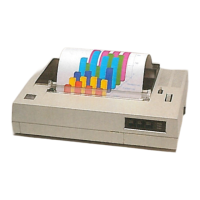Glossary
presentation position. An addressable position that
is coincident with a character reference point. See
also addressable position and character reference
point.
presentation space. A conceptual address space with
a specified coordinate system and a set of
addressable positions. The coordinate system and
addressable positions can coincide with those of a
physical medium. Examples of presentation spaces
are medium, logical page, and object area. See also
graphics presentation space, image presentation
space, logical page, medium presentation space, and
text presentation space.
presentation space orientation. The number of
degrees and minutes a presentation space is rotated
in a specified coordinate system. For example, the
orientation of printing on a physical medium, relative
to the X
m
axis of the X
m
,Y
m
coordinate system. See
also orientation and text orientation.
presentation text object. An object that contains
presentation text data. See also object.
Presentation Text Object Content Architecture
(PT O CA). An architected collection of constructs
used to interchange and present presentation text
data.
print quality. In bar codes, the measure of
compliance of a bar code symbol to the requirements
of dimensional tolerance, edge roughness, spots,
voids, reflectivity, PCS, and quiet zones defined within
a bar code symbology.
prin ti n g baseline. A conceptual line with respect to
which successive characters are aligned. See also
character baseline. Synonymous with baseline and
sequential baseline.
prolog. The first portion of a segment’s data.
Prologs are optional. They contain attribute settings
and drawing controls. Synonymous with segment
prolog.
PTOCA. See Presentation Text Object Content
Architecture.
Q
quiet zone. A clear space that contains no
machine-readable marks preceding the start
character of a bar code symbol or following the stop
character. Synonymous with clear area. Contrast
with intercharacter gap and space.
R
range. A table heading for architecture syntax. The
entries under this heading give numeric ranges
applicable to a construct. The ranges can be
expressed in binary, decimal, or hexadecimal. The
range can consist of a single value.
raster pattern. A rectangular array of pels arranged
in rows called scan lines.
reader. In bar code systems, the scanner or
combination of scanner and decoder. See also
decoder and scanner.
relative coordinate. One of the coordinates that
identify the location of an addressable point by means
of a displacement from some other addressable point.
Contrast with absolute coordinate.
relative line. A straight line developed from a
specified point by a given displacement.
relative metrics. Graphic character measurements
expressed as fractions of a square, called the
Em-square, whose sides correspond to the vertical
size of the font. Because the measurements are
relative to the size of the Em square, the same
metrics can be used for different point sizes and
different raster pattern resolutions. Relative metrics
require defining the unit of measure for the Em
square, the point size of the font, and, if applicable,
the resolution of the raster pattern.
relative move. A method used to establish a new
current position. Distance and direction from the
current position are used to establish the new current
position. The direction of displacement is inline along
the I axis in the I-direction, or baseline along the B
axis in the B-direction, or both.
repeat string. A method used to repeat the character
content of text data until a given number of
characters has been processed. Any control
sequences in the text data are ignored. This method
provides the functional equivalence of a Transparent
Data control sequence when the given number of
repeated characters is equal to the number of
characters in the text data.
repeating group. A group of parameter specifications
that can be repeated.
reserved. Having no assigned meaning and put aside
for future use. The content of reserved fields is not
used by receivers, and should be set by generators to
a specified value, if given, or to binary zeros. A
reserved field or value can be assigned a meaning by
an architecture at any time.
212 6400 IPDS
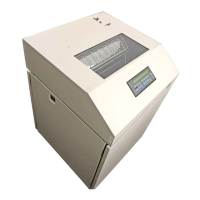
